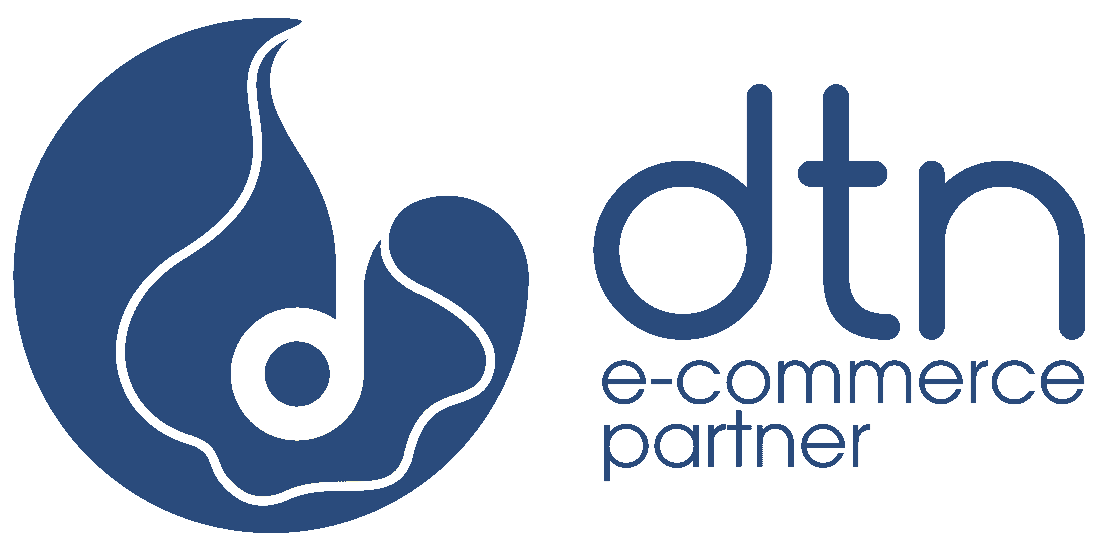In the ever-evolving landscape of e-commerce, businesses are constantly seeking ways to expand their product lines and reach new markets. By diversifying their offerings and tapping into untapped customer segments, businesses can drive growth, increase revenue, and gain a competitive edge.
Table of Contents
Expanding Product Lines
- Identify Market Gaps:
Conduct thorough market research to identify unmet customer needs and underserved niches. Analyze industry trends, customer feedback, and competitor offerings to pinpoint potential growth areas.
- Leverage Existing Products:
Explore ways to expand existing product lines by introducing new variations, sizes, colors, or features. This can cater to different customer preferences and increase the perceived value of your products.
- Offer Complementary Products:
Identify products that complement your existing offerings and enhance the customer experience. For example, if you sell clothing, you could add accessories, shoes, or jewelry to your product line.
- Partner with Other Businesses:
Partner with other enterprises to provide supplementary goods or services. This can expand your product range without the need for significant investment.

Reaching New Markets
- Target Niche Audiences:
Identify specific customer segments with unique needs and interests. Develop targeted marketing campaigns that resonate with their preferences and pain points.
- Localize Your Offerings:
Adapt your products and marketing strategies to cater to different geographical regions. Consider factors such as language, culture, and local regulations.
- Expand Internationally:
Investigate options to market your products in global markets. Research potential markets, establish partnerships, and ensure compliance with local laws and regulations.
- Leverage Social Media and Influencer Marketing:
Use social media platforms and collaborate with influencers to reach new audiences and build brand awareness. Create engaging content that showcases your products and resonates with potential customers.

Benefits of Expansion
- Increased Revenue:
Expanding product lines and reaching new markets can significantly increase revenue streams and drive business growth.
- Reduced Risk:
Diversifying your product portfolio reduces the risk of relying on a single product or market.
- Enhanced Customer Satisfaction:
Offering a wider range of products and catering to different customer needs can enhance customer satisfaction and loyalty.
- Competitive Advantage:
Expanding your product lines and market reach can differentiate your business from competitors and establish a strong market position.

Conclusion
Expanding product lines and reaching new markets is a strategic move that can propel e-commerce businesses to new heights. By identifying market gaps, leveraging existing products, targeting niche audiences, and exploring international opportunities, businesses can drive growth, increase revenue, and gain a competitive edge in the ever-changing e-commerce landscape.
Frequently Asked Questions
We’ve compiled a list of answers to common questions.
How can businesses effectively determine which new products to add to their existing product lines?
Businesses can effectively determine new products to add by conducting thorough market research, analyzing customer feedback, and monitoring industry trends. Identifying market gaps and understanding customer needs and preferences can guide decisions on product expansion. Additionally, testing new product ideas through prototypes, surveys, or market testing can provide valuable insights before full-scale implementation.
What are some key considerations for businesses when expanding internationally?
When expanding internationally, businesses should consider factors such as cultural differences, language barriers, legal and regulatory requirements, logistics, and market demand. It’s essential to conduct comprehensive market research, establish local partnerships or distribution channels, adapt marketing strategies to local preferences, and ensure compliance with international trade laws and regulations.
Businesses can mitigate risks by conducting thorough market research and feasibility studies before expansion. Start with small-scale tests or pilot programs to validate new products or market segments before committing significant resources. Additionally, diversifying product offerings and distribution channels can spread risk. Regularly monitor performance metrics and adjust strategies based on feedback and market dynamics to minimize risks associated with expansion.
Customer feedback is invaluable in guiding decisions about expanding product lines and reaching new markets. It provides insights into customer preferences, pain points, and unmet needs, helping businesses identify opportunities for growth. Soliciting feedback through surveys, reviews, and direct communication allows businesses to tailor their offerings and marketing strategies to better meet customer demands and enhance the overall customer experience.
Businesses can measure the success of their expansion efforts by tracking key performance indicators (KPIs) such as sales revenue, profit margins, market share, customer acquisition and retention rates, and brand awareness. Analyzing these metrics over time and comparing them to predefined goals and benchmarks can provide insights into the effectiveness of expansion strategies. Additionally, conducting post-expansion evaluations and gathering feedback from customers and stakeholders can help identify areas for improvement and future growth opportunities.



